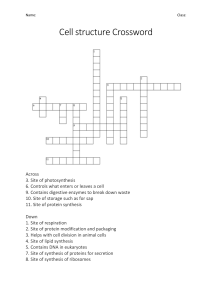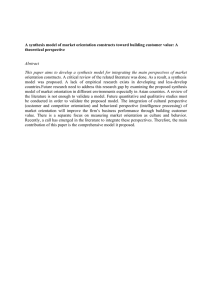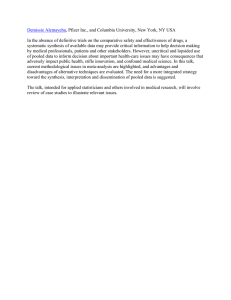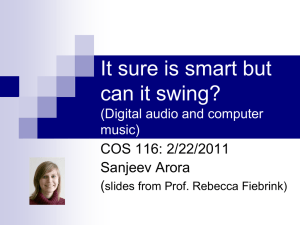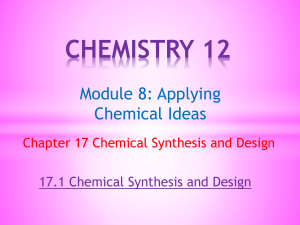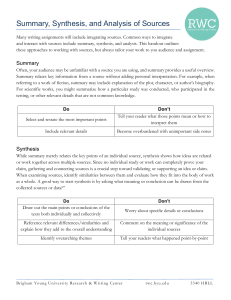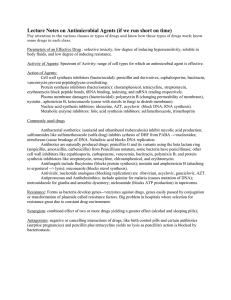Critical Thinking situations
advertisement
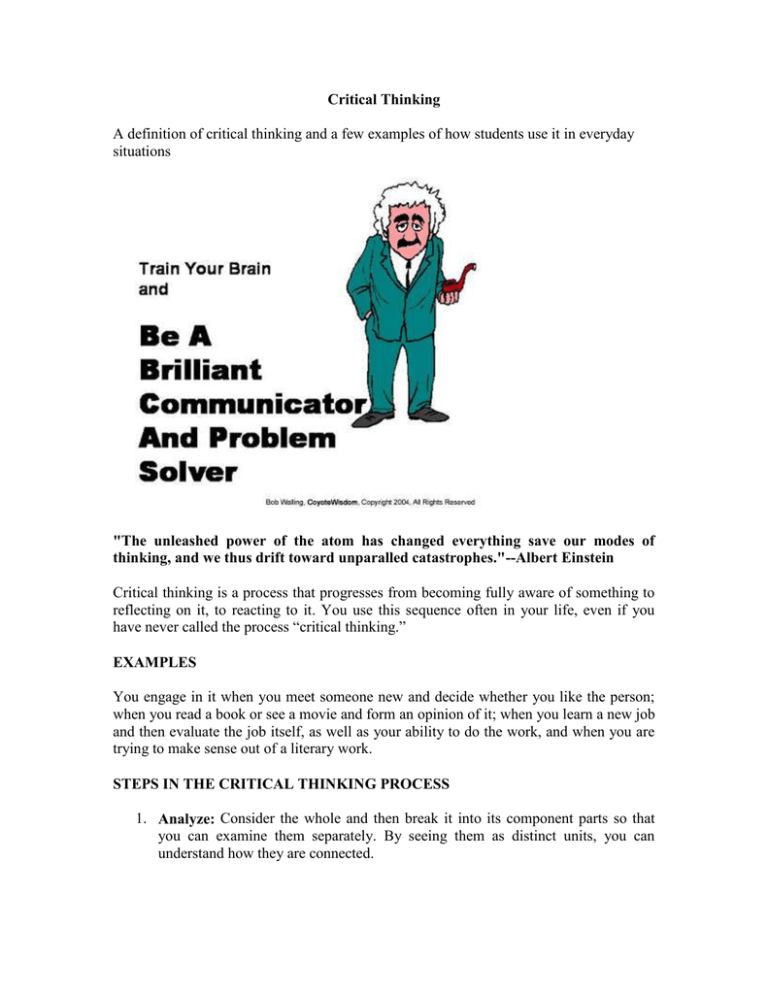
Critical Thinking A definition of critical thinking and a few examples of how students use it in everyday situations "The unleashed power of the atom has changed everything save our modes of thinking, and we thus drift toward unparalled catastrophes."--Albert Einstein Critical thinking is a process that progresses from becoming fully aware of something to reflecting on it, to reacting to it. You use this sequence often in your life, even if you have never called the process “critical thinking.” EXAMPLES You engage in it when you meet someone new and decide whether you like the person; when you read a book or see a movie and form an opinion of it; when you learn a new job and then evaluate the job itself, as well as your ability to do the work, and when you are trying to make sense out of a literary work. STEPS IN THE CRITICAL THINKING PROCESS 1. Analyze: Consider the whole and then break it into its component parts so that you can examine them separately. By seeing them as distinct units, you can understand how they are connected. 2. Summarize: Extract and restate in one sentence the material’s main message or central point at the literal level. Each story in your text has a summary after the title. 3. Interpret: Read “between the lines” to make inferences about the unstated assumptions implied by the material. Also, evaluate the material for its underlying currents as conveyed by tone, slant, and clarity of distinctions between fact and opinion; by the quality of evidence; and by the rigor of its reasoning and logic. 4. Synthesize: Pull together what you have summarized, analyzed, and interpreted to connect it to what you already know (prior knowledge) or what you are currently learning. Find links that help you grasp the new material to create a new whole, one that reflects your ability to see and explain relationships among ideas. 5. Assess critically: Judge the quality of the material on its own and as it holds up in your synthesis of it with related material. OVERALL COMMENTS 6. As with the writing process, steps in the thinking process are not rigidly in place. Each element is described separately to help you understand its operation, but in reality, the elements are intertwined. Expect, therefore, to sometimes combine steps, reverse their order, and return to parts of the process needed anew. Synthesis and assessment, in particular, tend to operate concurrently. Still, be aware they are two different mental activities; synthesis is making connections, and assessment is making judgments.
